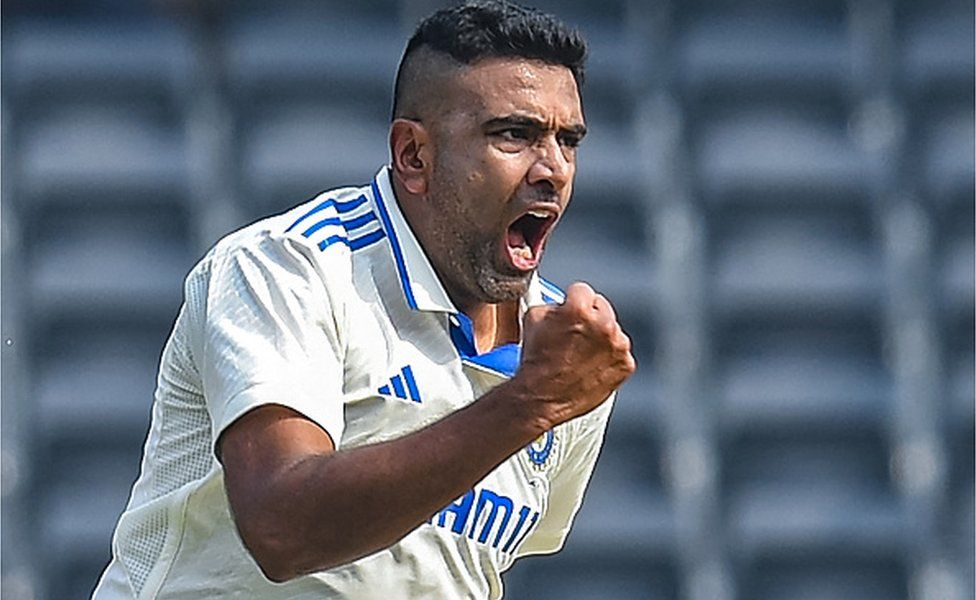
Of the nine bowlers who have claimed 500 Test wickets, India’s Ravichandran Ashwin – who has joined the club now – is by far the best batter with five centuries.
Had Ashwin, 37, chosen to focus on batting to the exclusion of bowling, it is possible he might have finished with over 10,000 Test runs.
On Friday, he became only the ninth man to reach the 500-milestone. On the same day, the off-spinner pulled out of the third Test against England because of a family emergency but now he is back with the squad.
There is a silken touch to Ashwin’s batting and stubbornness that saw him stoutly save a Test alongside Hanuma Vihari. Both batters suffered body blows and injuries in the match.
There is a similar combination of the artistic and the abrasive, the classical and the contemporary, in his bowling too. The variations on the off-break theme he developed early meant that at the start of his career he tended to try too many things. (An off-break delivery turns from the off side to the leg side when bowled at a right-handed batsman. It is the most popular method of spin in cricket.)
It ranged from his run-up to how he held the ball in his hand to the angle of the seam. It went against traditional wisdom which held you should have a stock ball and use the variations sparingly. But it served Ashwin well, and he picked up nine five-wicket hauls in his first 16 Tests.
In many ways, Ashwin is in a class of one, even if he has to share the tag of being the best contemporary off spinner with Australia’s Nathan Lyon. He is often not considered as the best ever because 70% of his wickets have come at home in familiar conditions.
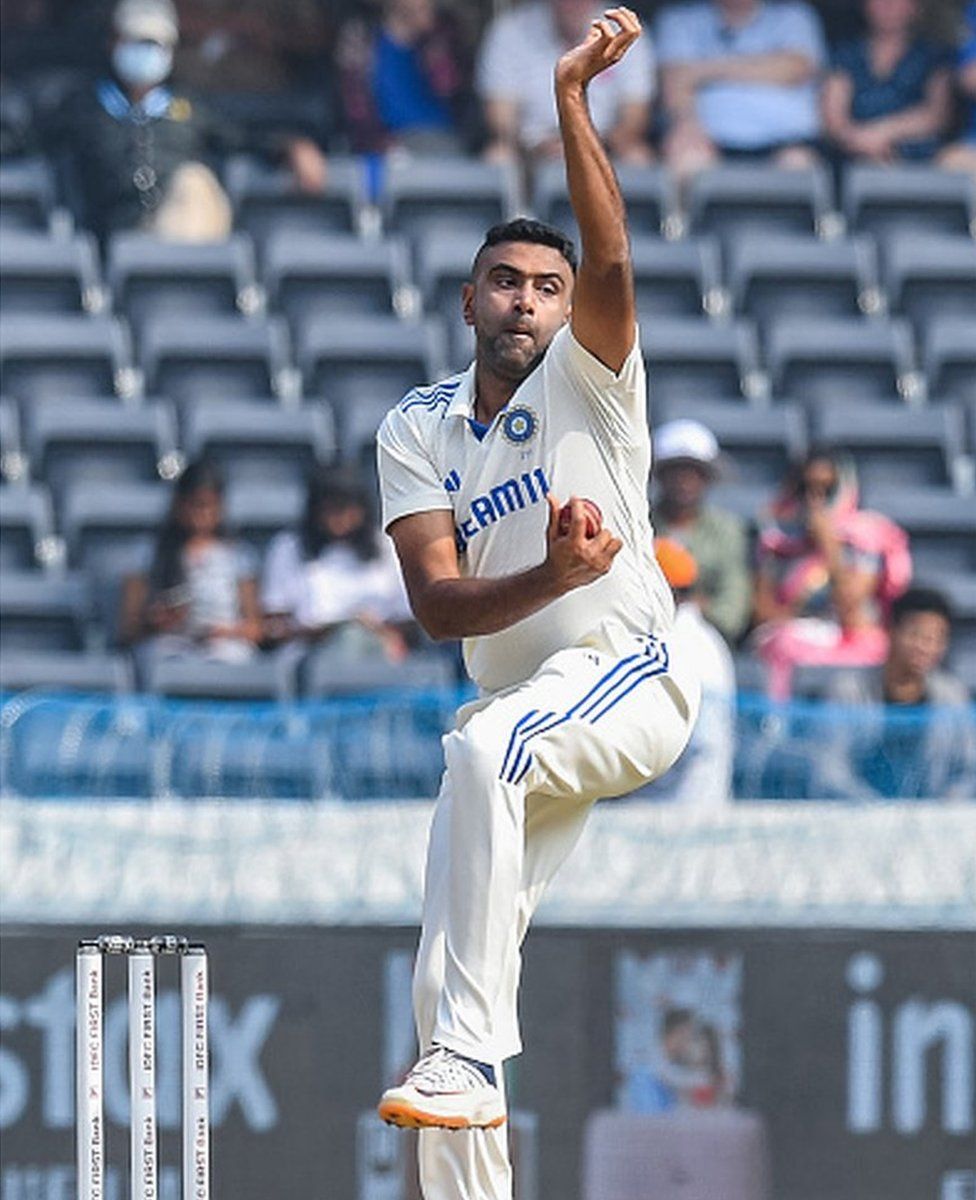

India has a rich tradition of off-spin bowling from Ghulam Ahmed, Erapalli Prasanna, Srinivas Venkataraghavan to Harbhajan Singh and Ashwin. Each is an original – that might have had something to do with their success. That three of them, including Ashwin, are qualified engineers might be a coincidence, but off-spinners have to work harder at their craft, and that combination of discipline and brainpower is useful.
Give a ball to anyone and ask them to spin it. Chances are they will bowl an off-break. It makes for familiarity for right handers, whose natural swing is to leg. This, combined with powerful modern bats, ensures the off-spinner has a tough job. With the growth of white-ball cricket, it was assumed the tribe would vanish. So those who have succeeded over many years – Ashwin made his debut in 2011 – and in different conditions are special.
“Obsessive” is the word that is often used to describe him because he is constantly thinking about his game. He speaks with authority and intelligence, he also developed the carrom ball, flicking it with his middle finger to make it go the other way. It speaks of strong fingers, a strong mind and confidence in his craft.
With ball in hand, he is a poker player who plays as if he can see the other’s hand. In recent years, he has been in and out of the Indian team, but has always given the impression that he is still a step ahead of everyone else. In the modern game nothing is secret for long. Develop a new delivery and by the end of the day, the computer has analysed it to death and a schoolboy in Iceland is trying it out. Bowlers need to work hard to keep ahead of the MacBook.
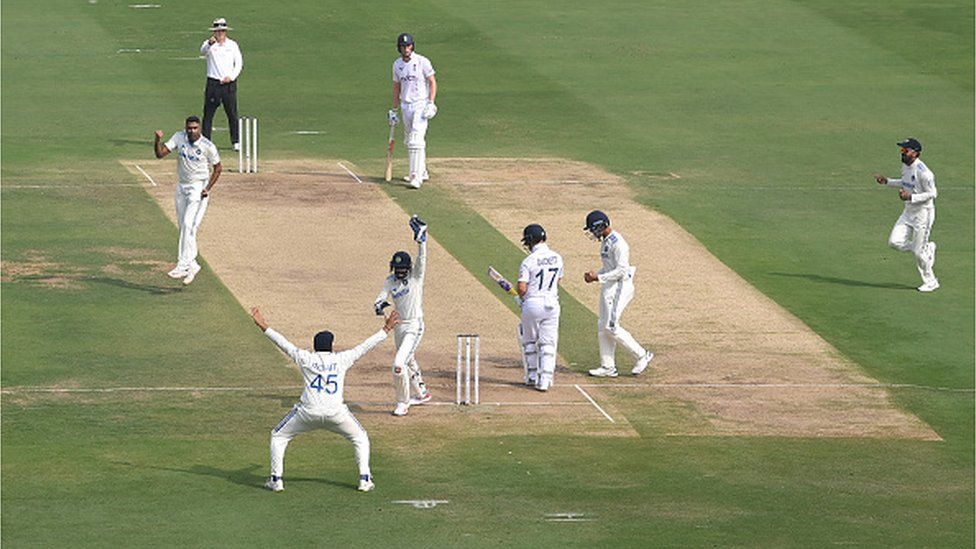
Once younger men began to lead India, Ashwin knew his chances of captaining were gone – he would have made a fine captain. The other 10 players might have found it a tad difficult to understand him initially since his mind moves on a different plane – he has said, for instance, that the bad ball can be the most dangerous in T20 cricket – but once he won their confidence, they would be eating out of his hands.
With Ravindra Jadeja, Ashwin formed India’s most effective bowling partnership, with 500-plus wickets bowling as a pair. Jadeja is a nice contrast – steady, quick, chipping away, the straight man to Ashwin’s varied expressions. In some ways, the pair they displaced, Anil Kumble-Harbhajan Singh, had similar temperaments.
Among Indians, Ashwin’s tally is second only to that of Kumble. He told an interviewer some years ago, “I am a big fan of Kumble’s. He has 619 wickets. If I get to 618 I will be very thankful and that will be my last Test match.”
It is a peep into the mind of a fascinating man.
Related Topics
-
-
23 October 2023
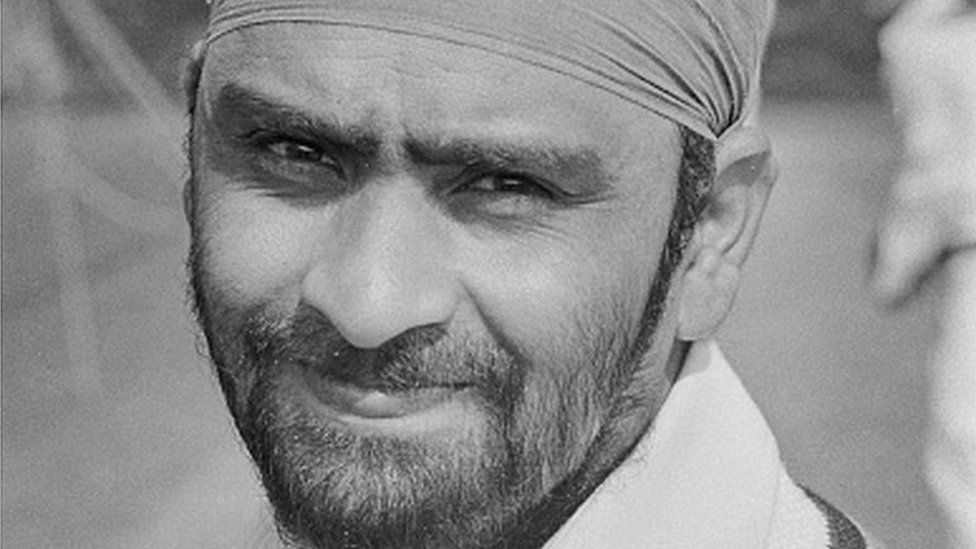
-
-
-
29 September 2023
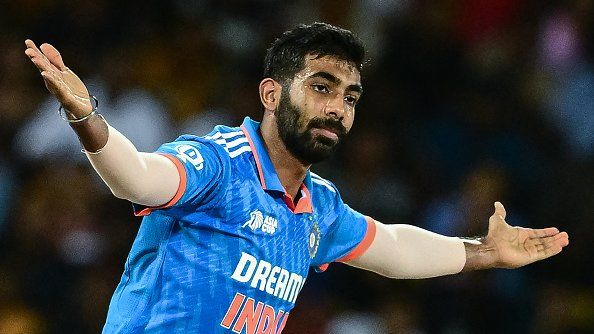
-
-
-
30 November 2012
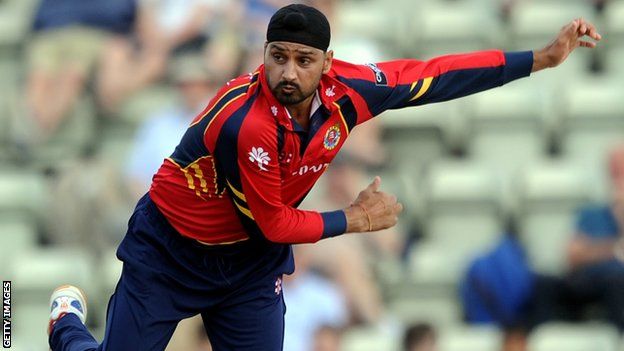
-
